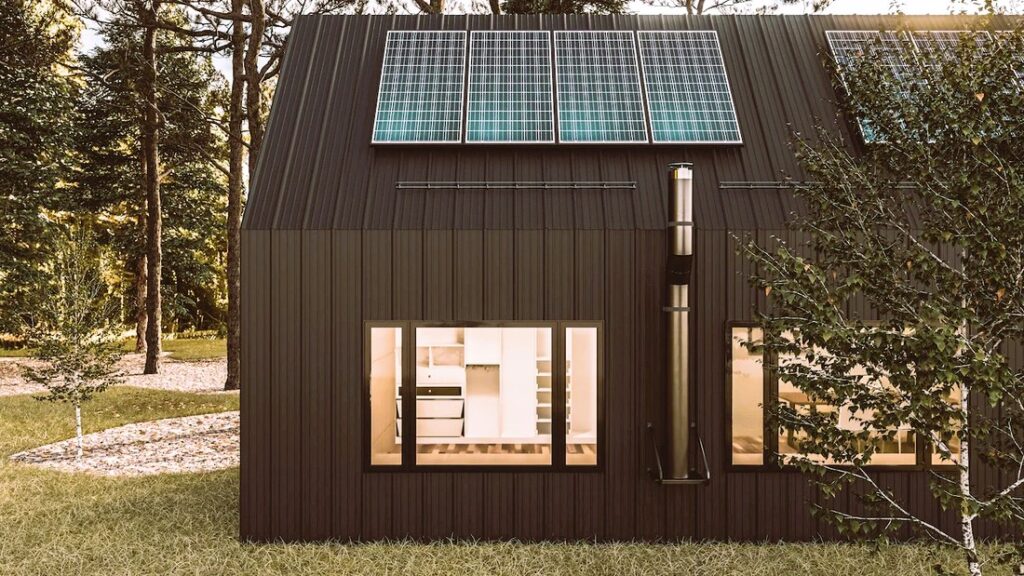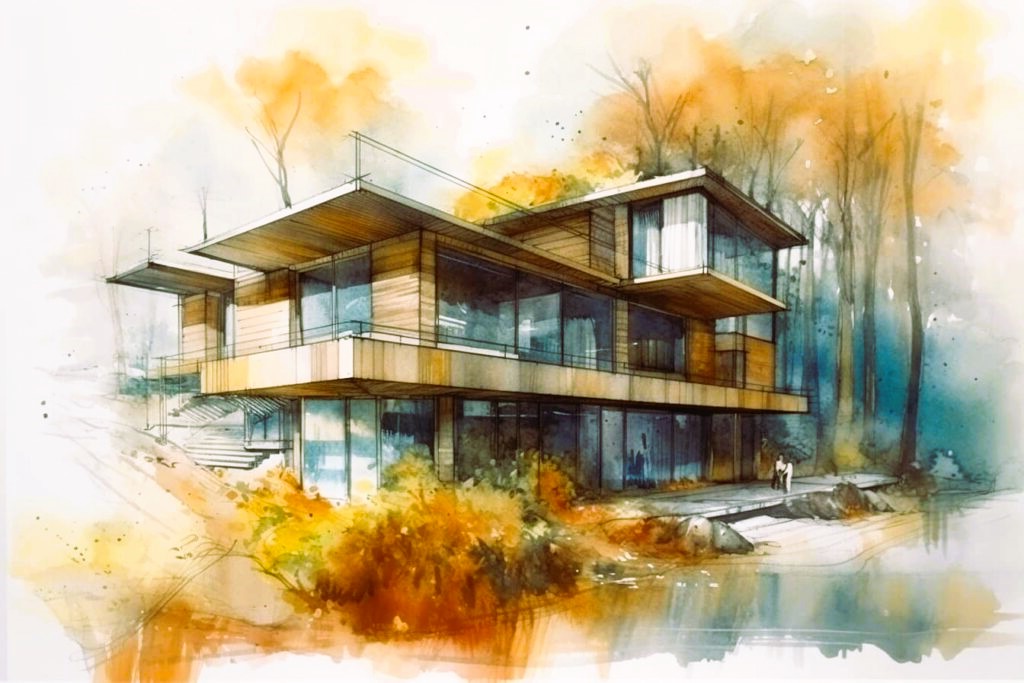Passive solar design is a sustainable architectural approach that utilizes the sun’s energy to provide heating, cooling, and lighting for buildings without the need for mechanical systems. At the heart of passive solar design are strategically placed windows and building elements that maximize solar gain in winter and minimize it in summer. In this article, we’ll explore the principles of passive solar design and how windows play a central role in harnessing natural heat and light.
Understanding Passive Solar Design
Passive solar design leverages the sun’s energy through four key principles:
- Solar Orientation: Buildings are oriented to maximize exposure to the sun’s path, with south-facing windows receiving the most sunlight in winter and minimal direct sunlight in summer.
- Daylighting: Natural daylight is optimized through the strategic placement of windows, skylights, and reflective surfaces, reducing the need for artificial lighting during the day.
- Thermal Mass: High-thermal mass materials, such as concrete, stone, or adobe, are used to absorb and store solar heat during the day and release it slowly at night, stabilizing indoor temperatures.
- Natural Ventilation: Cross-ventilation and stack effect are utilized to facilitate airflow and cooling during warmer months, reducing the reliance on mechanical cooling systems.
The Role of Windows in Passive Solar Design
Windows are a critical element of passive solar design, serving multiple functions to enhance energy efficiency, comfort, and daylighting:
- Solar Heat Gain: South-facing windows are strategically sized and positioned to maximize solar heat gain in winter when the sun is lower in the sky. Low-emissivity (Low-E) coatings and insulated frames help minimize heat loss during the night, improving overall energy performance.
- Daylighting: Large windows, clerestories, and skylights are used to capture natural daylight and distribute it deep into the building interior, reducing the need for artificial lighting during daylight hours. Light shelves, interior reflective surfaces, and solar tubes enhance daylight penetration and distribution.
- Natural Ventilation: Operable windows and vents are strategically located to facilitate cross-ventilation and stack effect, promoting airflow and cooling during warmer months. Window placement, size, and orientation are optimized to maximize airflow and minimize heat gain.
- Views and Connection to Nature: Well-placed windows provide occupants with views of the surrounding landscape, connecting them to the outdoors and enhancing their overall well-being. Views of nature have been shown to reduce stress, increase productivity, and improve mood and satisfaction. The role of proper window installation in maximizing energy savings, read more at this link.

Benefits of Passive Solar Design
Passive solar design offers numerous benefits for building occupants, the environment, and society as a whole:
- Energy Efficiency: By harnessing natural heat and light, passive solar buildings reduce reliance on mechanical heating, cooling, and lighting systems, resulting in lower energy consumption and utility bills.
- Comfort: Passive solar buildings offer a more comfortable indoor environment year-round, with stable temperatures, ample daylight, and natural ventilation enhancing occupant comfort and well-being.
- Environmental Sustainability: Passive solar design reduces greenhouse gas emissions and environmental impact by minimizing energy consumption, reliance on fossil fuels, and carbon footprint.
- Resilience: Passive solar buildings are inherently more resilient to power outages, energy shortages, and extreme weather events, providing a reliable and sustainable source of energy and comfort.
Conclusion
In conclusion, passive solar design principles offer a holistic approach to sustainable architecture, leveraging the sun’s energy to provide heating, cooling, and lighting for buildings in a cost-effective and environmentally friendly manner. By incorporating strategically placed windows, thermal mass, and natural ventilation, passive solar buildings optimize energy efficiency, occupant comfort, and environmental sustainability.
For more information on passive solar design principles and standards, consult reputable sources such as Wikipedia. By embracing passive solar design principles and utilizing windows to harness natural heat and light, architects, designers, and homeowners can create healthier, more sustainable, and more resilient buildings for the future.

